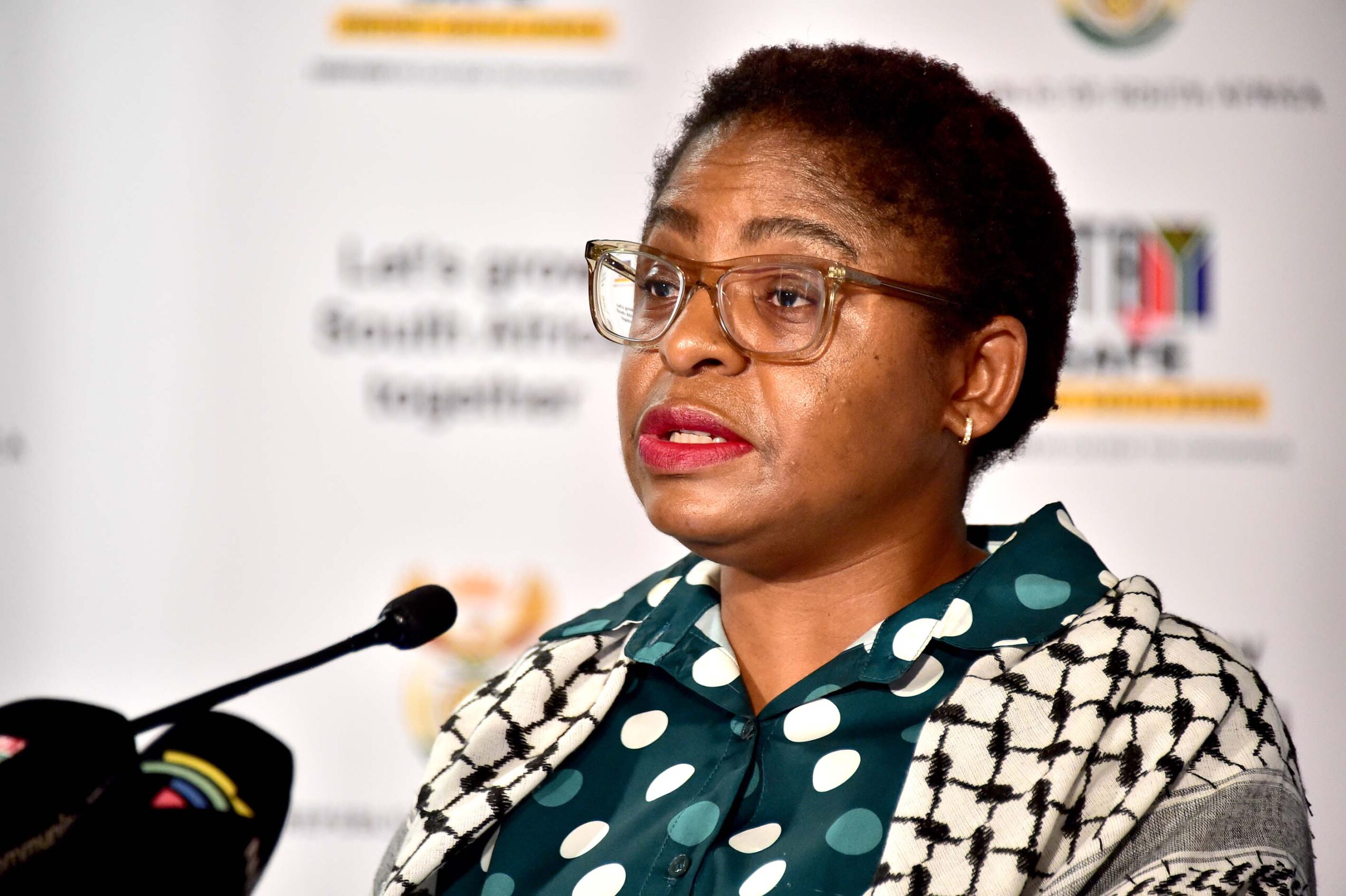On 19 October 2023, the South African government approved the Green Hydrogen Commercialisation Strategy. The approval of the strategy came in the same week that the country hosted the second edition of the South Africa Green Hydrogen Summit in Cape Town.
South Africa aims to “develop a globally competitive, inclusive and low carbon economy” given its natural endowments: vast tracts of land, some of the world’s best wind and solar resources, and being one of the world’s largest producers of platinum group metals. The Green Hydrogen Commercialisation Strategy rests on multiple pillars:
- Export markets,
- Domestic markets,
- Investment and finance,
- Economic development,
- Local industry capability, and
- Just transition.
It is now increasingly recognised that any major push into the green hydrogen economy requires huge investments in renewable energy. Renewable energy and green hydrogen are inextricably linked, as only hydrogen produced using renewable energy is considered green.
The good news is that renewable energy is now the cheapest form of electricity and the country has recently seen a rapid growth in renewable energy projects. From 2019 to 2022, renewable energy installed capacity increased from 8 014 MW to 10 445 MW (x). This bodes well for South Africa’s ambition to foster a competitive and vibrant green industrial sector.
In June this year, South Africa and Germany signed a Memorandum of Understanding (MoU) establishing a joint Hydrogen Taskforce. The Hydrogen Taskforce is tasked with “[driving] the commercial viability of green hydrogen projects, industry and infrastructure”.
While it will take a few years for the green hydrogen market to blossom, it is envisaged that the hydrogen economy could contribute up to 3.6 % percent to South Africa’s economic growth by 2050 and create about 370 000 jobs over the same period. The launch of the Green Hydrogen Commercialisation Strategy could not have come at a better time to shape the way ahead.
